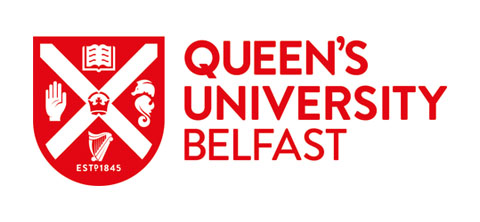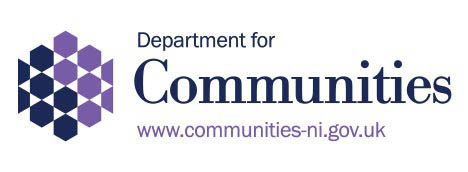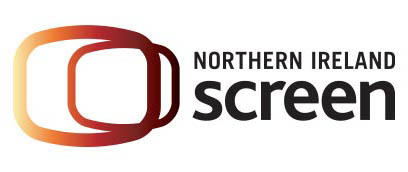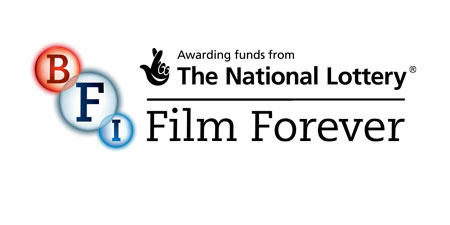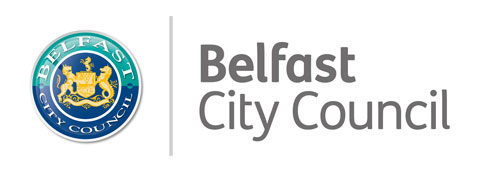Monday Medicine: Journey Part II
05 April 2020
Michael Delaney continues to explore the journey of a film to the screens of QFT, delving into the darkened world of the projectionist's booth.
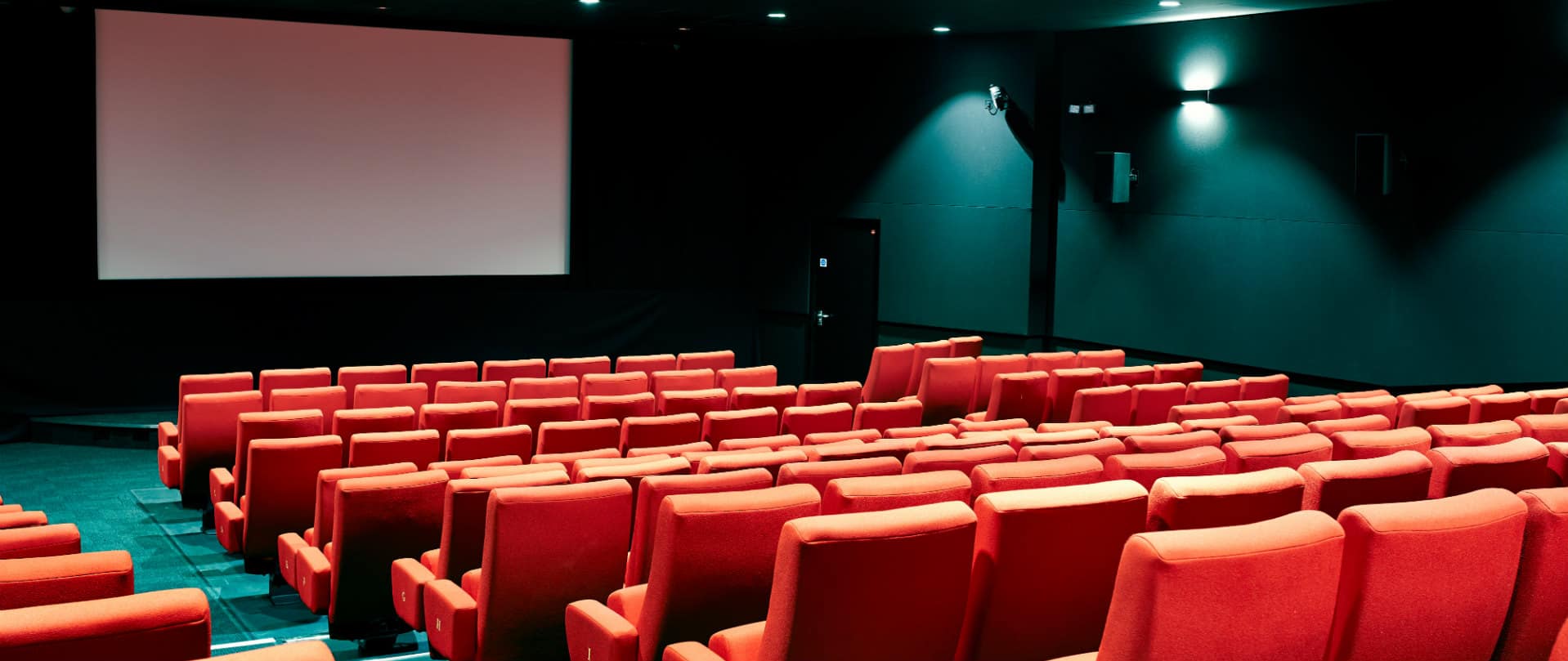
In Part I, we saw how the film makes its way from the ordinary world, making its difficult journey to be part of the monthly programme. Here it continues its journey.
Seizing a Reward
Although the completion of the print programme might (virtually) spell the end of programmer’s involvement of a film’s journey to QFT’s screens, there is still work to be done.
A relatively recent arrival to Belfast, Canadian native Patricia Donohue is the Technical Manager at Queen’s Film Theatre, having previously worked in Doha and toured with a print of Quentin Tarantino’s The Hateful Eight. Residing in the dark, cold box full of old tools, reels and computer equipment that is the projection booth, Donohue is tasked with making sure that audience members see and hear a film exactly as intended.
The majority of films screened in cinemas worldwide come from Digital Cinema Packages, or DCPs. DCPs are a composition of digital files which make up the film, from its image to its sound. Often they arrive at cinemas as a drive encased in a box which resembles a small suitcase. While they usually arrive by mail, they can be sent by the distributor digitally. For Donohue, communication is key. She is in constant contact with distributors to either arrange a physical delivery or delivery via a server. Then, when the film does arrive - the film that was been carefully selected, negotiated over and scheduled - Donohue gets down to work.
“Once the movies arrive, the most important thing to do is get them ingested and tested” she says. She usually arrives at work between 6.30am and 7am, giving herself enough time to test before Queen’s students arrive for their classes. But what is Donohue checking for?
“I'm checking volume levels” she says. “I’m checking if a foreign language film has subtitles. I’m checking if the movie is in sync and if there are any other technical issues.”
However, with several new films each week, it isn’t always possible for her to check every frame. While some people may believe that a projectionist gets to watch every film they screen, in actuality the truth is much different.
“I watch the first few minutes to make a note of how it starts, if the opening is silent, if sound starts before picture etc., so I can tell Front of House staff what to expect. Then I jump to the middle and watch a few minutes then I jump to the end to make sure there are credits.”
As well as the films themselves, Donohue must find the trailers and create the ad packages which are attached to each film. What screen each film is playing in must also be considered, especially if a film switches between screens throughout the week.
While DCP may have made things easier for projectionists, it does come with its pitfalls, its conflicts and battles that Donohue must overcome. One of the most common is the “key”. Each DCP comes with a key which unlocks the film and allows it to be played. Without it, there might as well be no film. Donohue, though, says she actually enjoys when things go wrong.
“Probably the most fun part of being a projectionist is when something breaks” she says, surprisingly. “Trying to figure out why something went wrong, how to fix it, how fast you can sort something out or relying on backups you've prepped before is super fun. Some of my favourite shows have played with a disaster occurring in the booth and it's so great.”
A time when Donohue definitely does not want things to go is when it comes to 35mm prints. A staple of QFT’s programme, 35mm prints are rarely shown in Belfast outside of Queen’s Film Theatre. They attract an audience of cinephiles desperate to see a new release or a classic movie on one of cinema’s most enduring and glorious formats.
When it comes to the format, Donohue says “a bad quality print is pretty high up there on the list of problems a projectionist can face.” It is in times like these that the projectionist’s instinct to test, test, test will go out the window. “If I get a really fragile print, I won't do a test run so as not to risk damaging it more. If it breaks, there's the potential for big delays.” In these cases it all comes down to preparation. If it's impossible to test the print, Donohue will spend hours instead inspecting the print while it is being built.
Also, for Donohue, she has grown attached to 35mm even with its downsides. “Obviously it kills you if a film gets damaged”, she says. “I've had crazy instances where a film comes and the reels aren't labelled correctly so you have to make sure you know what order to put them in and that isn't always guaranteed to be clear if it's an old movie or a movie that wasn't cared for properly.”
Despite these issues, Donohue, in true projectionist fashion, maintains that preparing 35mm is a pleasure. She says that the care and preparation that goes into creating it is the best part, more so than the finished product. “When you run a 35mm you need to stay near the projector and check on it, make sure nothing goes wrong. For me, really, the show itself, if done right, is the most boring part.”
The Elixir
With that, the film’s journey is complete. Having navigated the challenges and conflicts and successfully overcome tests and battles, it is now time for the audience to enjoy the emotion and substance of a well told tale, without distractions, for a short time before returning home with the elixir of cinema running through their veins.
